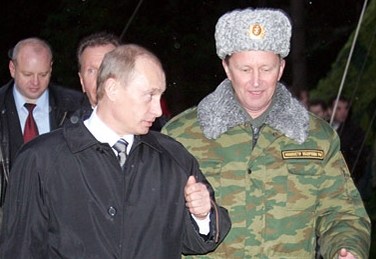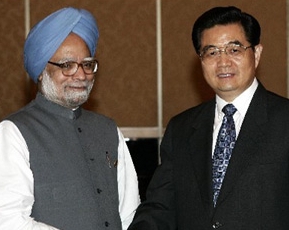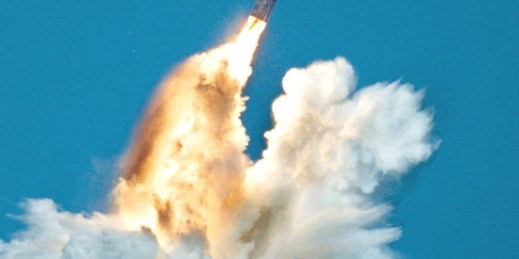
MOSCOW — On Dec. 14, President Vladimir Putin flew by helicopter to personally inspect Russia’s first Strategic Missile Forces (SMF) unit equipped with the new mobile Topol-M intercontinental ballistic missiles (ICBMs). Three mobile Topol-Ms entered into operational deployment with the SMF division based in the town of Teikovo, about 250 kilometers northeast of Moscow, on Dec. 10. Russia’s political and military leaders have long awaited the coming of the road-mobile Topol-M. The Votkinsk Machine-Building Plant manufactures both silo-based and road-mobile versions of the missile. Russia began deploying silo-based versions of the Topol-Ms in 1997 and now has about 45 of […]


